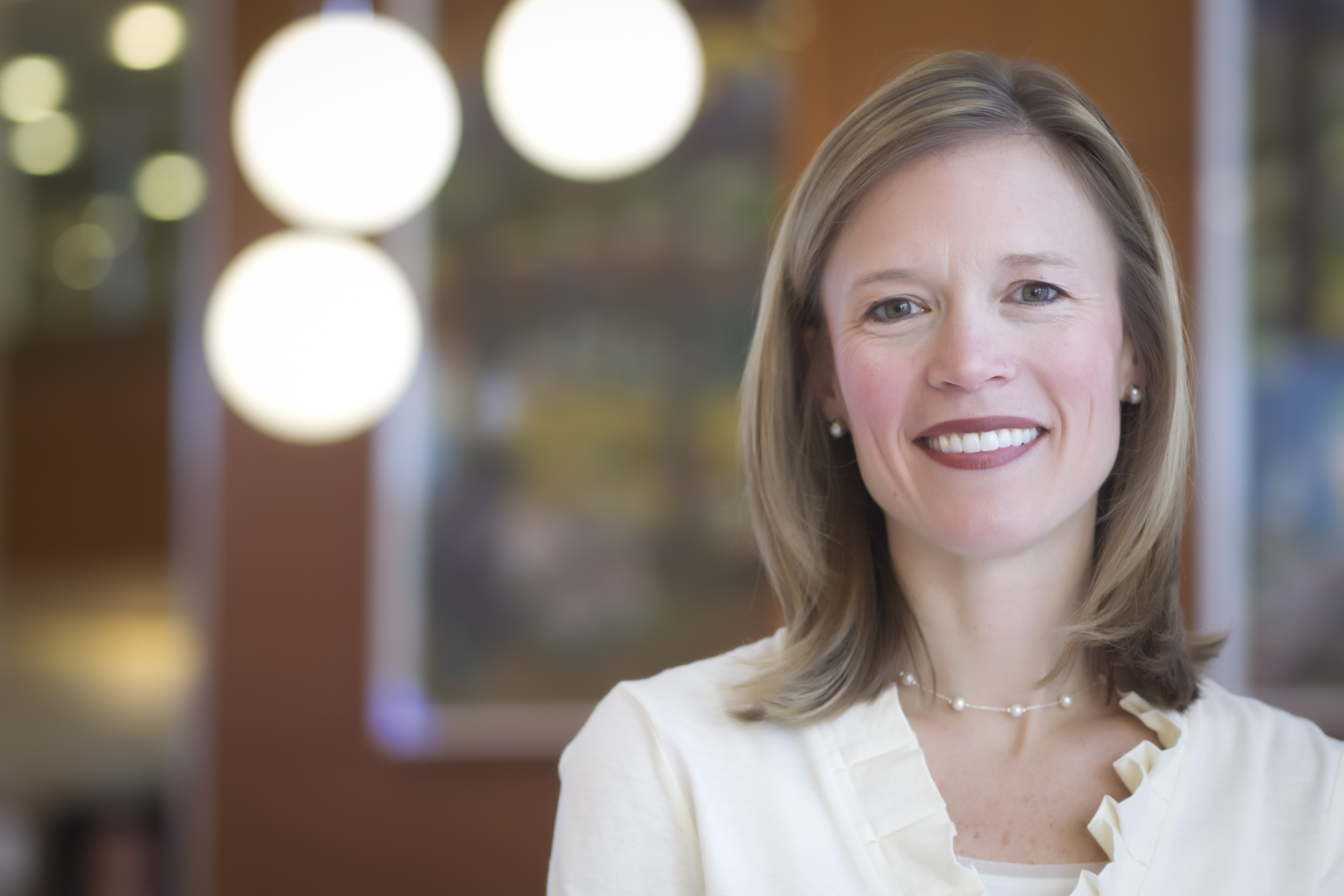In preliminary findings presented at the 2016 San Antonio Breast Cancer Symposium, researchers showed that older patients were as likely as younger patients to receive targeted therapy and enroll in therapeutic trials based on their sequencing results.


A University of North Carolina Lineberger Comprehensive Cancer Center-led analysis has found that women who are 65 years or older with metastatic breast cancer were more likely to have a cancer-linked genetic alterations in their tumors, and had a larger total number of genetic alterations, than younger patients overall.
In preliminary findings presented at the 2016 San Antonio Breast Cancer Symposium, researchers also reported that older patients were as likely as younger patients to receive targeted therapy and enroll in therapeutic trials based on their sequencing results.
“The whole point of genetic sequencing is to create a biomarker profile for patients to determine their eligibility for targeted therapeutics, which can be more tolerable than cytotoxic chemotherapy,” said the study’s first author Trevor Jolly, MBBS, an assistant professor in the UNC School of Medicine. “This is a very reasonable thing to consider for older adults. The problem is, they appear to be underrepresented here.”
For the study, Jolly and his colleagues analyzed genetic sequencing results for 295 patients with metastatic breast cancer who were enrolled in UNCseq, a clinical trial launched in 2011 at the N.C. Cancer Hospital to try to identify actionable molecular abnormalities that could guide cancer treatment.
Older patients were more likely than younger patients to have a genetic alteration, with 87 percent of older patients having an alteration compared to 70 percent of younger patients. Researchers also found that older patients were as likely to receive targeted therapy and enroll in therapeutic trials based on their sequencing results.
However, the study population included fewer older adults with metastatic breast cancer who completed sequencing. Only 23 percent of those sequenced were 65 years or older. The number of older patients who completed sequencing was not representative of the general population of breast cancer patients, the researchers noted.
But the researchers reported there was no difference in the rate of consent based on age, which could indicate that there was no recruitment bias. Jolly said other factors could be at play.
“Our findings tell us that we probably need to intentionally oversample older adults in some studies,” Jolly said, adding that there may be factors at play influencing the ability of adults in this age group to participate in clinical trials.
The researchers said while the smaller number of older adults limited generalization of the findings, it also demonstrated the need to more extensively characterize the mutations and other genetic abnormalities that occur in older adults.
“We don’t understand the biology of cancer of this older age group very well,” said the study’s senior author Carey Anders, MD, a UNC Lineberger member and associate professor in the UNC School of Medicine. “If we can understand the tumor’s biology, we might be able to better match patients to molecularly targeted small molecule inhibitors that might be better tolerated and helpful for treating their cancer.”
Anders said efforts to enroll patients in clinical trials based on functional status and biological age rather than chronological age would be beneficial to helping gain valuable information about treatments and side effects in patients older than age 65.
“Many of our older patients are doing well and have few co-morbidities,” she said. “This study tells us that when we have big cancer sequencing projects, we need to include patients over the age of 65 so we know how to best treat them as well.”
In addition to Anders and Jolly, other authors include: J.E. Grilley-Olson, A. Deal, A. Ivanova, M.C. Hayward, J. Benbow, J. Parker, N. Patel, D.A. Eberhard, K. Weck, P. Mieczkowski, E.C. Dees, K. Reeder-Hayes, H.S. Earp, N.E. Sharpless, L.A. Carey, and D.N. Hayes.
The study was supported by a Susan G. Komen for the Cure grant, a Susan G. Komen for the Cure Scholar grant, the National Institutes of Health and National Cancer Institute, the University Cancer Research Fund, the UNC Lineberger Breast SPORE, the UNC Lineberger gPATH laboratory and the Damon Runyon Foundation.
